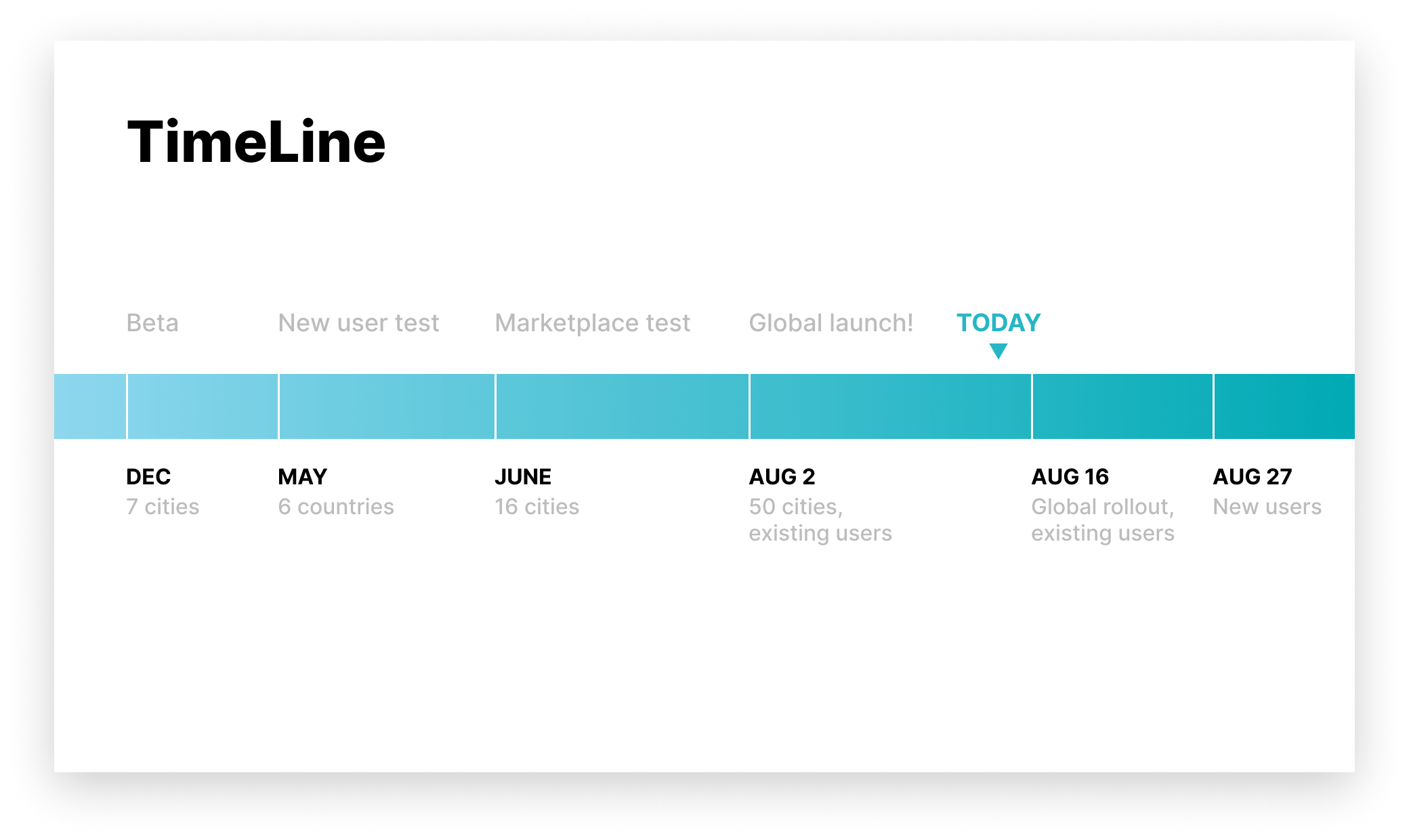Type of Retrospective Formats

Edo Williams


Edo Williams
The retrospective is one of the most powerful practices in the Agile world. According to the Scrum Guide, the purpose of the Sprint Retrospective is to:
- Inspect how the last Sprint went with regards to people, relationships, process, and tools;
- Identify and order the major items that went well and potential improvements;
- Create a plan for implementing improvements to the way the Scrum Team does its work.
This can be achieved in many ways, but one of the easiest and most popular retrospective techniques, used by many Agile teams, is to answer the 2 basic questions:
- - What went well?
- - What can be improved?
The agile manifesto has been around for over 10years and the practice of retrospective is older. It is understandable that teams want to try new variants to avoid burnout and boredom.
In this article I am going to describe multiple variations you might find immediately useful, or inspire you to aspat new retrospective practices.
Future Retrospectives

This might sound like a misnomer since a retrospective is focused on looking back in order to improve the future. The key to running a future retrospect is to seek insights and actions to secure a future vision.
Let me run you through how I would run a retro like this:
- Set the Stage - I would ask my team to imagine we are in a world where a project has just been completed and it was successful. Now we are going to explore what the ups, downs, and key activities that made this project successful.
At this point I will create a timeline from now to end of the project with visual indicators of where the team is now.
- Gather Data - I then ask my team to brainstorm events based on the timeline. I always encourage the team to start with the positives outcomes before the negatives problems. By doing this it allows the team to counteract every problem with a solution. I would then ask the team to pick several roles and ask representatives to walk the group through the project, telling a story about some of the items on the timeline as they occurred.
- Discuss - With the data filled into the timelines. I can now use retrospective activities such as ‘Went Well, Improve, and Voting’ to guide the retro.
- Action - At this point, I would ask the team what actions they take away to help them deliver a successful project according to the future vision.
Solutions Driven Goals
In my many years of running retros, I have noticed that people tend to focus on what's not working, they tend to be in more of a negative mood. This eventually drives the retro to a very narrow view of what needs to happen to drive improvements.
Let me explain how this process works:
- - What is the shared “Ideal State” for the team - take for instance that your project could automatically fix all the current problems. How would we be able to tell? How do we know what is different?
- - Where are we currently - this is the step where the team determines where there are collectively. I would proceed to ask the question ““If 10 is the ideal and 0 is where nothing is working, where are we now?”
- - What are we doing that is currently working - this is very useful by knowing what the answer was from the previous question. Let's assume that the team collectively decided that we are at 3, then the main goal of this exercise is to identify existing resources, strengths, practices that we could leverage for improvement.
- - Start to identify how we move towards the ideal state - based on the previous steps and the resources we have gathered, how do we move to the ideal state by improving incrementally. This is where we start to define Actions for each goal.
In Conclusion,
there are multiple templates out there to help you facilitate and run a successful retro. I am going to list out a few here -
- - Start, Stop, Continue: The team focussed on processes that form new team habits by defining what to start, stop and continue doing.
- - Glad, Sad, Mad: Get a good grip on your team’s emotional health and work on bringing about the necessary change.
- - Sailboat: Create and define the vision for the team while identifying any problems that may arise.
- - 4 L’s (“lacked”, “longed for”, “lacked”, “loathed”): Look at the current situation from a factual perspective.